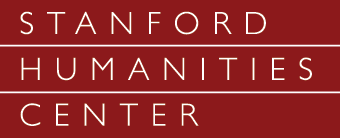Digital Humanities
The digital humanities at Stanford sit at the crossroads of computer science and the humanities. Since the 1980’s, a wide range of computational tools have enabled humanities scholars to conduct research at a scale once thought impossible. Digital humanities foster collaboration and traverse disciplines and methodological orientations, with projects to digitize archival materials for posterity, to map the exchange and transmission of ideas in history, and to study the evolution of common words over the centuries.
At Stanford, current digital humanities projects implement tools such as 3-D mapping, algorithmic literary analysis, advanced visualization techniques, and digitization of textual corpora in non-Latin languages. Researchers experiment and interact with source materials in ways that yield new findings, while also building community and sharing information.
Stanford scholars harness new technologies through an array of digital humanities initiatives:

